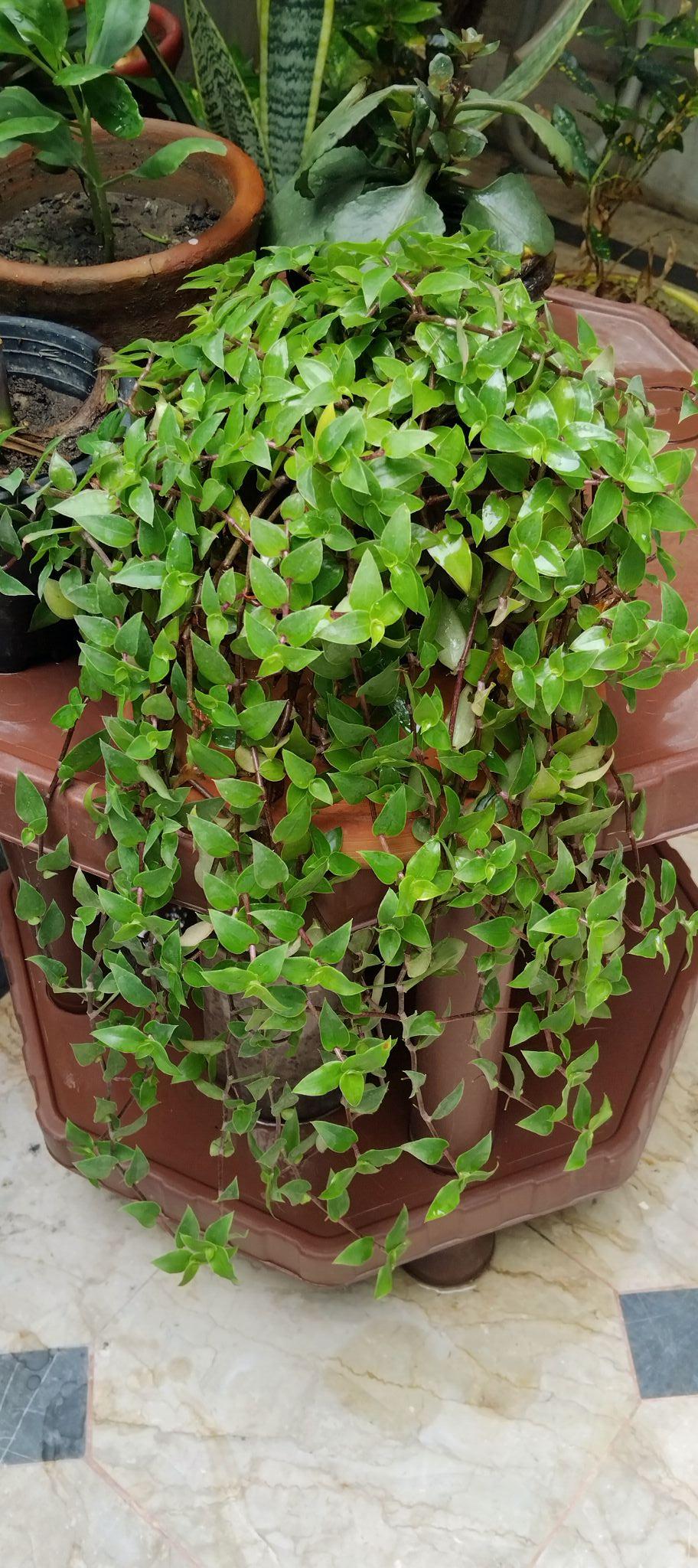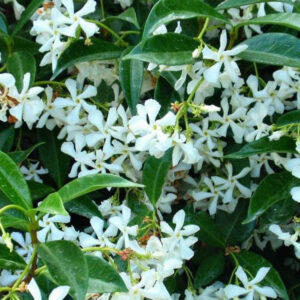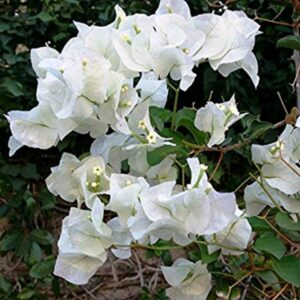Turtle Vine (Callisia repensA small, cascading houseplant Favorite
Turtle Vine, also known by its scientific name, Callisia repens, is a little, trailing perennial plant that is distinguished by its succulent-like leaves, lovely growth pattern, and low-maintenance, rapid growth. The name comes from the small, turtle shell–like leaves that gracefully spill over the edges of pots, baskets, or containers.
Turtle Vine, a member of the spiderwort family (Commelinaceae), is indigenous to Central and South America and is linked to Tradescantia (Wandering Jew). Its popularity stems from both its beauty and its ability to flourish in tropical outdoor and indoor environments.
General Overview
Callisia repens is the botanical name.
Common names: Turtle Vine, Bolivian Jew, Inch Plant, Creeping Inch Plant, Mini Tradescantia
Kind of plant: herbaceous perennial that is low-growing and trailing
Height: 2 to 6 inches (5 to 15 cm)
Spread: May trail for two to three feet in length
The foliage consists of tiny, oval leaves that are dark green on top and purplish below; some types have pink or white variegation.
Flowers: Small, white, three-petaled flowers (not particularly showy)
💧 Watering Schedule
Like many semi-succulent plants, Turtle Vine likes regular moisture but is susceptible to excessive watering.
Plants inside the home:
Water when the top inch of soil feels dry (about once every 5–7 days, depending on the weather).
Lower the frequency during the colder months.
Outdoor Plants:
Particularly during hot seasons, water 2–3 times a week in tropical regions.
Containers: Make sure your pot has good drainage. Avoid allowing the plant to sit in waterlogged soil.
Tip: Overwatering may be to blame if leaves become soft or begin to fall off.
Needs for Temperature and Light
For Turtle Vine to retain its small form and vibrant color, light is essential.
Light:
Bright, indirect lighting is preferred.
Tolerates limited direct morning light and some shade.
Leggy growth and pale color are caused by insufficient light.
Particularly when there are variegated leaves, excessive exposure to direct sunshine can scorch them.
Temperature:
Optimum range: 18–28°C (65–82°F)
Minimum temperature: 10°C (50°F)
Move indoors throughout the winter, or cultivate it as a houseplant all year round, since it is susceptible to frost.
Requirements for Fertilizers and Soil
Turtle Vine flourishes in light, well-draining soil, such as what you would use for herbs or succulents.
Soil combination: To increase drainage, combine ordinary potting soil with perlite or sand.
pH: Between neutral and moderately acidic (6.0–7.0)
Fertilizing:
The growing season runs from spring through the beginning of fall.
Every four to six weeks, give a diluted (half strength) liquid fertilizer.
Use a fertilizer that promotes foliage growth (such as 20-10-20) or a balanced fertilizer (10-10-10).
During the dormant season, there is no need to fertilize throughout the winter when growth slows down.
Maintenance and pruning
Regular pruning is beneficial for the rapid development of Turtle Vine:
To promote more shrubby development and avoid legginess, pinch back the tips frequently.
Trim any dead or leggy branches to revitalize the plant.
Depending on your choice, it can be maintained small or allowed to trail freely.
Propagate new cuttings and prune aggressively if the plant becomes overly leggy or scraggly.
🌿 Reproduction
Turtle Vine is a great plant for novices since it is so simple to reproduce.
Stem Cuttings (the most prevalent type):
Cut a 3 to 5 inch section just below a node.
Put the lower leaves in water or in damp soil right away.
In one to two weeks, roots develop.
For a fuller container, either transplant rooted cuttings into new soil or plant many of them together.
Water propagation:
Set the clippings in a vase of water close to a well-lit window.
Every few days, replace the water.
Issues with Pests
Although Turtle Vine is often pest-free, it may occasionally encounter:
Spider mites, aphids, or mealybugs – treat with neem oil or insecticidal soap.
overwatering or inadequate drainage, which often results in leaf fall or mushy stems.
Legginess is caused by a lack of light or infrequent pruning.
🌸 Suggestions for Use and Display
Ideal for wall planters, window boxes, or hanging baskets
In warm, humid areas, it serves as a ground cover.
Ideal as an underplanting in container arrangements
Makes succulent gardens more appealing and interesting
Beautiful in terrariums and indoor dish gardens
✅ Conclusion
The Turtle Vine (Callisia repens) is a lovely, low-maintenance trailing plant that is perfect for indoor gardens, tropical landscaping, or hanging baskets. From stem cuttings, it reproduces easily, and its dense, colorful foliage grows rapidly with little maintenance. If you strike the correct balance between light, moisture, and pruning, Turtle Vine will reward you with lush greenery and a cascading effect that improves any living area.
“
Bail, Bails, Exotic Plant, Ground cover, On Sale, Outdoor Plants
Turtle vine
₨800.00
The lovely, low-growing trailing plant with tiny, succulent green leaves that are frequently tinged with purple underneath is called the **Turtle Vine** (*Callisia repens*), sometimes referred to as the **Creeping Inch Plant** or the **Bolivian Jew**. Its compact size makes it a favorite choice for terrariums, hanging baskets, or ground cover in hot regions. It is native to Central and South America. Turtle Vine grows best in moist, well-drained soil and indirect, bright light. It is simple to reproduce from cuttings and grows quickly. This plant is perfect for beginners and gives a delicate, cascading texture to any indoor or shaded outdoor environment.





Reviews
There are no reviews yet.